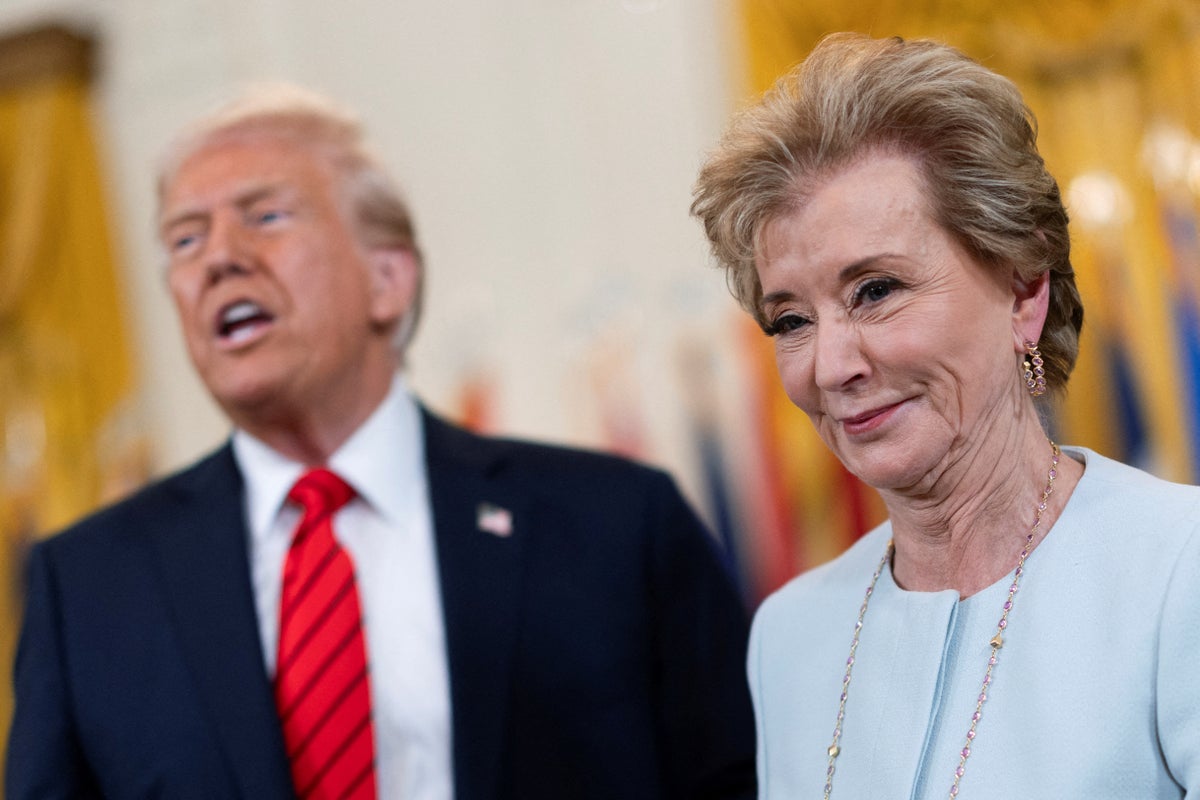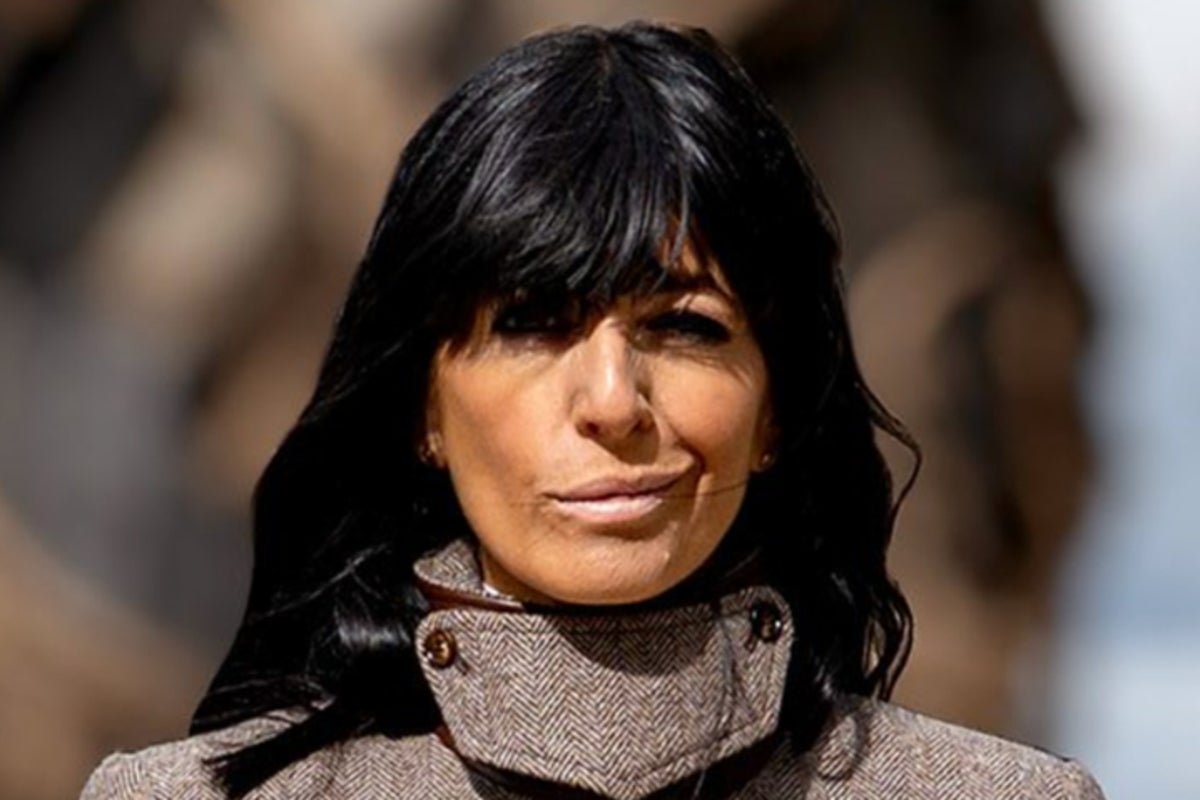This article is written by a student writer from the Her Campus at Casper Libero chapter and does not reflect the views of Her Campus.
More than two years of devastating conflict have scarred Gaza and Israel, leaving entire neighborhoods in ruins and countless families grieving. The war between Israel and Hamas has claimed tens of thousands of lives and displaced millions around other countries and continents. Now, after months of failed negotiations and brief pauses that led to an even bigger scale of violence, a fragile ceasefire has finally been achieved.
Mediated by the United States, Egypt and Qatar, the long awaited truce marks a turning point to peace, even if it’s based on uncertainty. As hostages return home after months, even years of captivity, Israeli soldiers withdraw from parts of Gaza and humanitarian aid convoys crosses the border, we hope that this calmness actually becomes something lasting.
THE BEGINNING
It all started on October 7, 2023, when Hamas – a Islamic militant and political organization – launched a large-scale surprise attack on Israel through the Gaza Strip, killing more than 1,200 Israelis and kidnapping over 250 hostages. This devastating news marked a conflict deep rooted in the Israeli-Palestinian struggle over land and national identity.
Hamas has long declared its intention to establish a Palestinian State encompassing Gaza, the West Bank and territories within Israel, which led to military actions as a part of an effort to achieve political sovereignty.
Although Hamas took full control of Gaza in 2007, after Israel withdrew its military forces in 2005, Israel still continued to enforce a strict blockade on the territory. Through the control of Gaza’s borders, airspace and coastline, the country kept controlling the territory indirectly, something that many Palestinians consider a form of ongoing occupation.
In response to the blockage and Israeli military operations near the border, Hamas decided to launch numerous rocket attacks into Israeli territory. Consequently, Israel responded with retaliatory offense, airstriking back and defending its grounds from Hamas military action. This led to one of the most destructive and violent military campaigns in recent history, as Gaza’s infrastructure crumbled, its people died from terrorist attacks and basic life supplies – food and water – became increasingly and dangerously scarce over the first months.
Over time, pressure from civilians, international organizations and regional actors – Egypt, Qatar, etc – pushed both sides into seeking a ceasefire, as the massive destruction has gone too far and reached catastrophic levels. The UN Security Council adopted Resolution 2728 in March 2024, demanding an immediate ceasefire, release of all hostages and expansion of humanitarian assistance.
Multiple ceasefire proposals were discussed throughout 2024 and early 2025. A 60-day truce was considered behind the scenes by the U.S., which would involve phased prisoner swaps and increased humanitarian aid. However, Hamas insisted on written guarantees that the ceasefire would lead to a permanent end to hostilities, as a form to remain cautious.
As the skepticism continued even with the start of formal conversations, the conflict kept escalating, until October 9 2025, when Khalil Al-Hayya, high-ranking member of the terrorist group Hamas and U.S. president Donald Trump declared the end of the war.
Inside the ceasefire deal
Under the United States mediation, president Donald Trump facilitated negotiations, leading to Hamas and Israel agreeing on a permanent ceasefire on October 8th, marking the end of a long-lasting conflict filled with destruction and grief. The settlement focuses on four main pillars, important to understand the value of what is now being called a historic turning point for the Middle East.
The first crucial element is the hostage and prisoner trade. Hamas released all 20 remaining living Israeli hostages — some had been held in captivity for nearly two years — on October 13. In exchange, Israel freed 250 Palestinian prisoners and over 1,700 detainees from Gaza.
These transfers were coordinated by the International Committee of the Red Cross, an independent humanitarian organization that protects victims of armed conflict. Yet, families of missing Palestinians and Israelis demand clarity on hundreds still listed as “unaccounted for”.
The second pillar evolves around Israel’s military presence in Gaza. Since the peace deal was reached, Israeli troops have begun a gradual military withdrawal from northern and central Gaza, including areas that have been deeply targeted during the fighting, such as Khan Younis and Gaza City. The withdrawal will occur in phases over three months, during which an international monitoring mission led by the United Nations (UN) will oversee it.
Another major point is the focusing on humanitarian assistance for the population that has lived the war. Around 600 trucks per day are now entering the Gaza Strip, delivering food, medical supplies, fuel and construction materials. The flow is coordinated by the UN Office for the Coordination of Humanitarian Affairs (OCHA) and monitored by Egyptian and Israeli security forces to prevent the smuggling of weapons.
The reconstruction of Gaza will take years and will only be possible if humanitarian access remains secure and steady and its citizens regain basic conditions for survival and dignity.
The fourth and most complex part of the deal revolves around who will govern Gaza. Ready to assume civil and administrative control of the strip, the Palestinian Authority (PA) has international support and financial backing from Gulf States, European Union and the United States.
However, there are doubts remaining over whether Hamas will truly step aside and agree to it. According to The Guardian, the group has redeployed police and administrative units across parts of Gaza, raising questions about renewed tensions.
To prevent further instability, mediators are discussing the creation of a Transitional Administration Council, composed by PA officials, independent Palestinian figures and UN representatives. The council would be responsible to maintain peace, oversee the humanitarian assistance and prepare for eventual future elections. Although it is in early stages, this could be the key to preventing political repression.
Still, the truce faces major challenges. Steven A. Cook, Middle East and Africa major at the Council of Foreign Relations (CFR), said that “A sustainable truce remains a challenge and a lasting solution to Palestinian governance appears remote”, highlighting unresolved issues such as Hamas’s fighters disarmament and the establishment of new politics in Gaza continue unresolved.
THE OUTCOME in gaza
As this fragile peace now unfolds in Palestine as a symbol of resilience and a test of international diplomacy, it is imperative to analyze the outcomes not only in terms of immediate stability, but also the long-term prospects for reestablishing security. While the ceasefire marks the end of direct hostilities, the underlying causes of the conflict — occupation, political fragmentation, etc — remain unresolved.
According to the OCHA, the delivery of over 600 aid trucks per day represents the largest humanitarian mobilization in Gaza’s history, indicating the need for an immediate humanitarian response towards protecting people who have suffered more than enough. Despite the influx of supplies, around 70% of Gaza’s infrastructure is estimated by satellites as severely damaged or completely destroyed, making a full reconstruction a major challenge.
In addition, it is crucial to advertise the freeing of hostages as a key element towards peace. In Gaza, hundreds of refugees returned to a home they no longer recognize. Ismail Zayda, a resident of Gaza, described the situation in an interview “Thank God my house is still standing. But the place is destroyed, my neighbors’ houses are destroyed, entire districts have gone”. His words highlight the cost of the conflict and how it has affected people’s lives.
Fragility on display
On October 14, 2025, Israeli forces “opened fire” on individuals near the northern Gaza buffer zone, resulting in the death of six Palestinians. As the ceasefire was scheduled to take effect 24 hours after the agreement, a temporary window of heightened tension was installed in the region. Israel claimed that those individuals were trying to cross restricted areas.
“Earlier today, several suspects were spotted crossing the yellow line and approaching IDF troops in northern Gaza, a clear violation of the agreement; after multiple attempts to distance them, the suspects refused to comply, prompting troops to open fire to remove the threat”, said the Israel Defense Forces (IDF).
This incident happened shortly after the release of the last Israeli hostages, showing the fragility of the truce, as Hazem Qassem — Hamas spokesman — affirmed this was a violation of the ceasefire.
Besides the reconstruction challenges, that includes the high costs and the need of substantial assistance from powerful nations worldwide, it is crucial to recognize that bureaucracy, political friction and corruption could significantly delay the delivery of aid.
“After an Israeli pullback, who’s actually going to make up a peacekeeping force in Gaza? How is it going to be administered? Where is money to rebuild Gaza going to come from?” questions Max Boot, senior fellow at the Council of Foreign Relations, in an interview to CNN.
In conclusion, Gaza faces a fragile ceasefire, as high reconstruction costs and persistent security threats continue challenging the prospects of lasting peace and stability.
What comes next?
The future is uncertain, but as the situation unfolds, humanitarian recovery, governance transition and security stabilization are essential to ensuring peace and dignity for Gaza.
It is imperative to maintain a stable truce, otherwise history could repeat itself potentially leading to an even worse crisis. As Gaza struggles to rebuild, the ceasefire represents a fragile yet crucial intermission — a pause that prevents the erasure of a conflict so violent it left countless people helpless and hopeless.
__________________
The article above was edited by Giulia El Houssami.
Liked this type of content? Check Her Campus Cásper Líbero home page for more!

.jpeg)



































 English (US) ·
English (US) ·